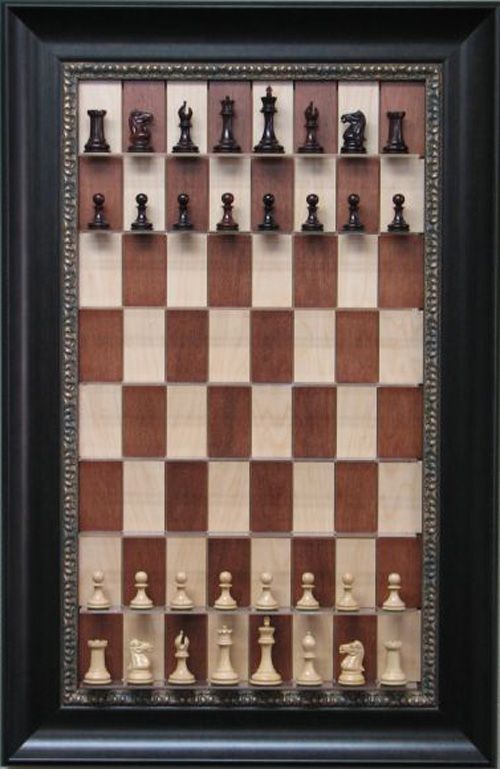|
|
Optical Illusion By Michael Kay
|
In addition, Gestalt theory can be used to explain the illusory contours in the Kanizsa Triangle. A floating white triangle, which does not exist, is seen. The brain has a need to see familiar simple objects and has a tendency to create a "whole" image from individual elements. Gestalt means "form" or "shape" in German. However, another explanation of the Kanizsa Triangle is based in evolutionary psychology and the fact that in order to survive it was important to see form and edges. The use of perceptual organization to create meaning out of stimuli is the principle behind other well-known illusions including impossible objects. Our brain makes sense of shapes and symbols putting them together like a jigsaw puzzle, formulating that which isn't there to that which is believable.
• Depth and motion perception
Illusions can be based on an individual's ability to see in three dimensions even though the image hitting the retina is only two dimensional. The Ponzo illusion is an example of an illusion which uses monocular cues of depth perception to fool the eye.
In the Ponzo illusion the converging parallel lines tell the brain that the image higher in the visual field is farther away therefore the brain perceives the image to be larger, although the two images hitting the retina are the same size. The Optical illusion seen in a diorama/false perspective also exploits assumptions based on monocular cues of depth perception. The M. C. Escher painting Waterfall exploits rules of depth and proximity and our understanding of the physical world to create an illusion.
|
|









